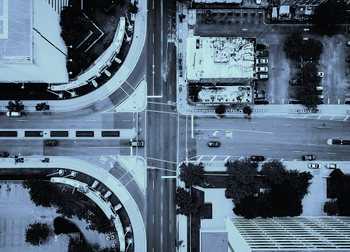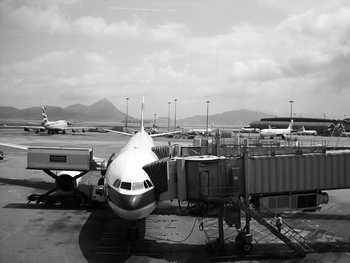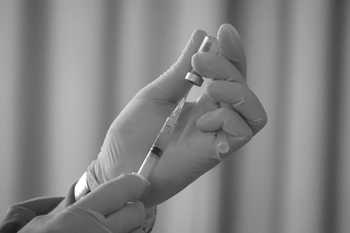On January 26, 2015 the credit rating agency Standard and Poor’s (S&P) cut Russia’s credit rating to BB+, making Russian debt below investment grade (or junk debt). The change put Russia on the same footing as countries like Indonesia and Bulgaria, and will make it even more difficult for Moscow to borrow money as its economy is expected to contract by 4-5% this year.
Russia is also struggling with international oil prices that have fallen by over 50% in the past year to USD 45 per barrel, as its national budget is dependent on oil prices staying around USD 100 per barrel. In its statement, the S&P said, Russia’s monetary-policy flexibility has become more limited and its economic growth prospects have weakened.
We see a heightened risk that external and fiscal buffers will deteriorate due to rising external pressures and increased government support to the economy. Russian Finance Minister Anton Siluanov said the move indicated excessive pessimism on the S&P’s part, yet the ruble dropped 7.5% after the statement, and has lost 40% of its value relative to the dollar in the past year.
Analyst comment:
Pinkerton does not see any basis to question the S&P’s new rating, as the fundamentals of Russia’s economy look increasingly bleak as oil prices continue to fall, and its economy is further isolated due to Western sanctions over Russian involvement in the ongoing Ukrainian crisis.
Pinkerton advises clients to avoid ruble denominated debt, and to continue to limit the amount of rubles held to what is necessary for normal business operations for as small a time frame as possible, in order to avoid loss of capital due to the ruble’s volatility.





